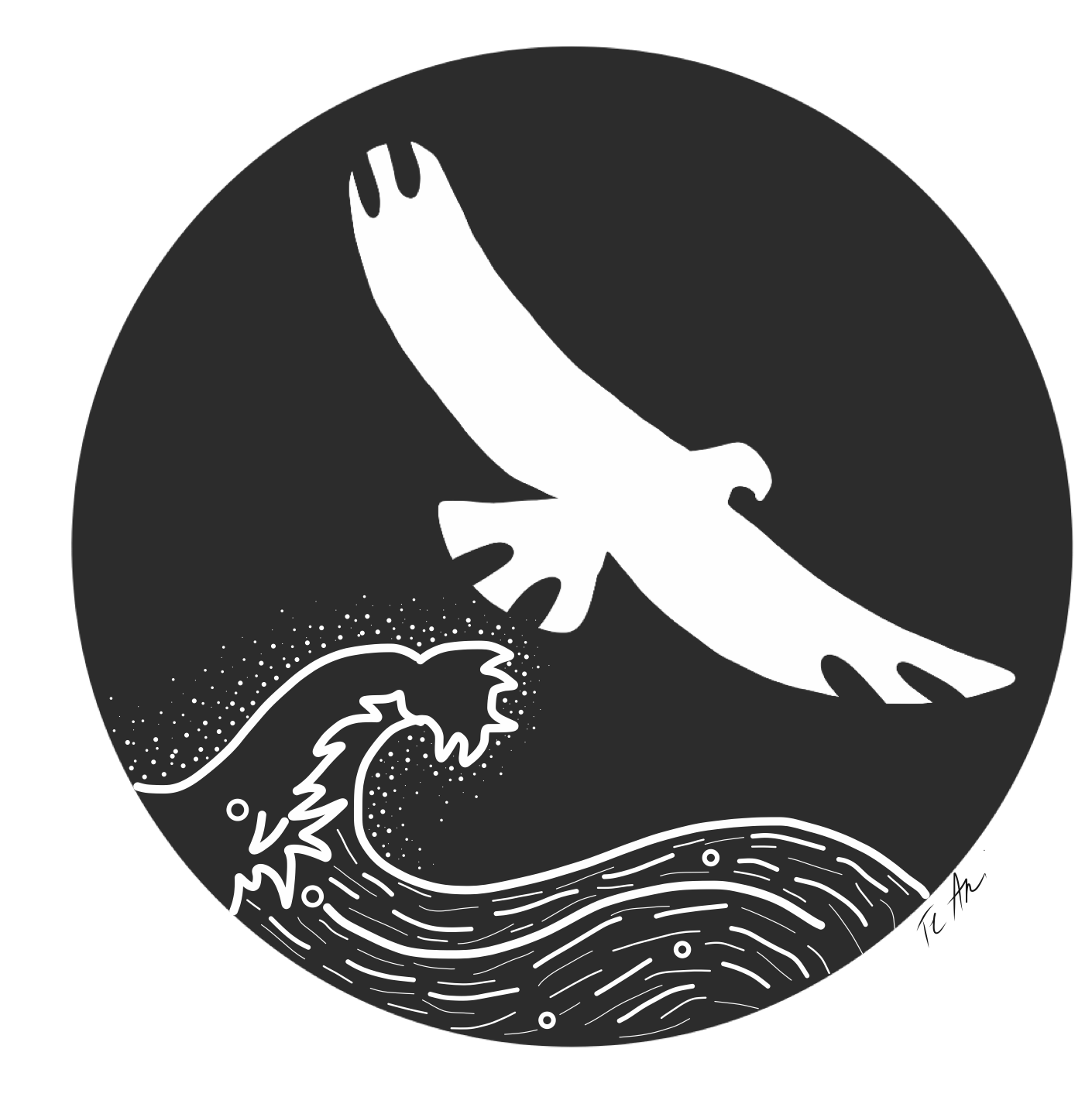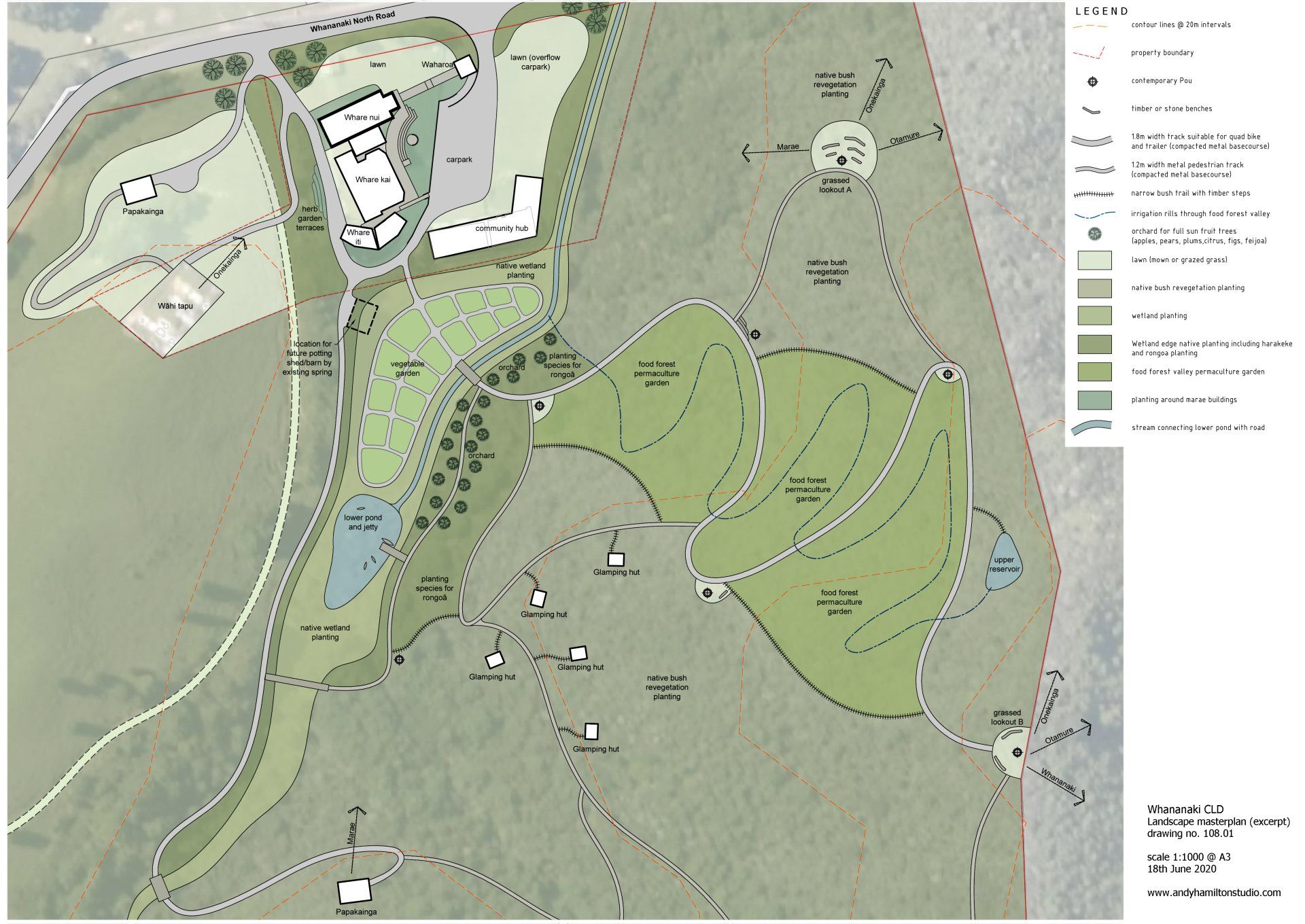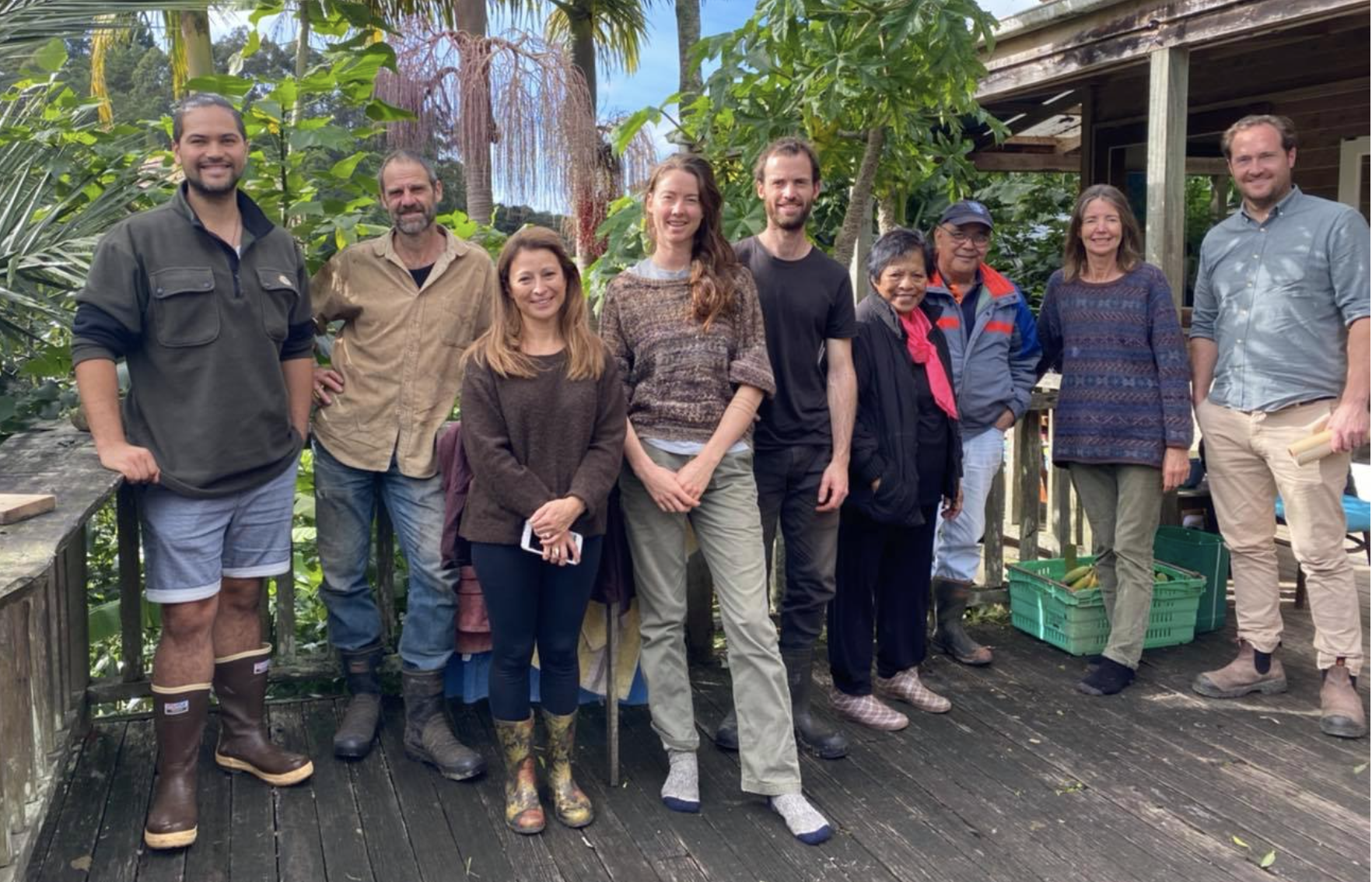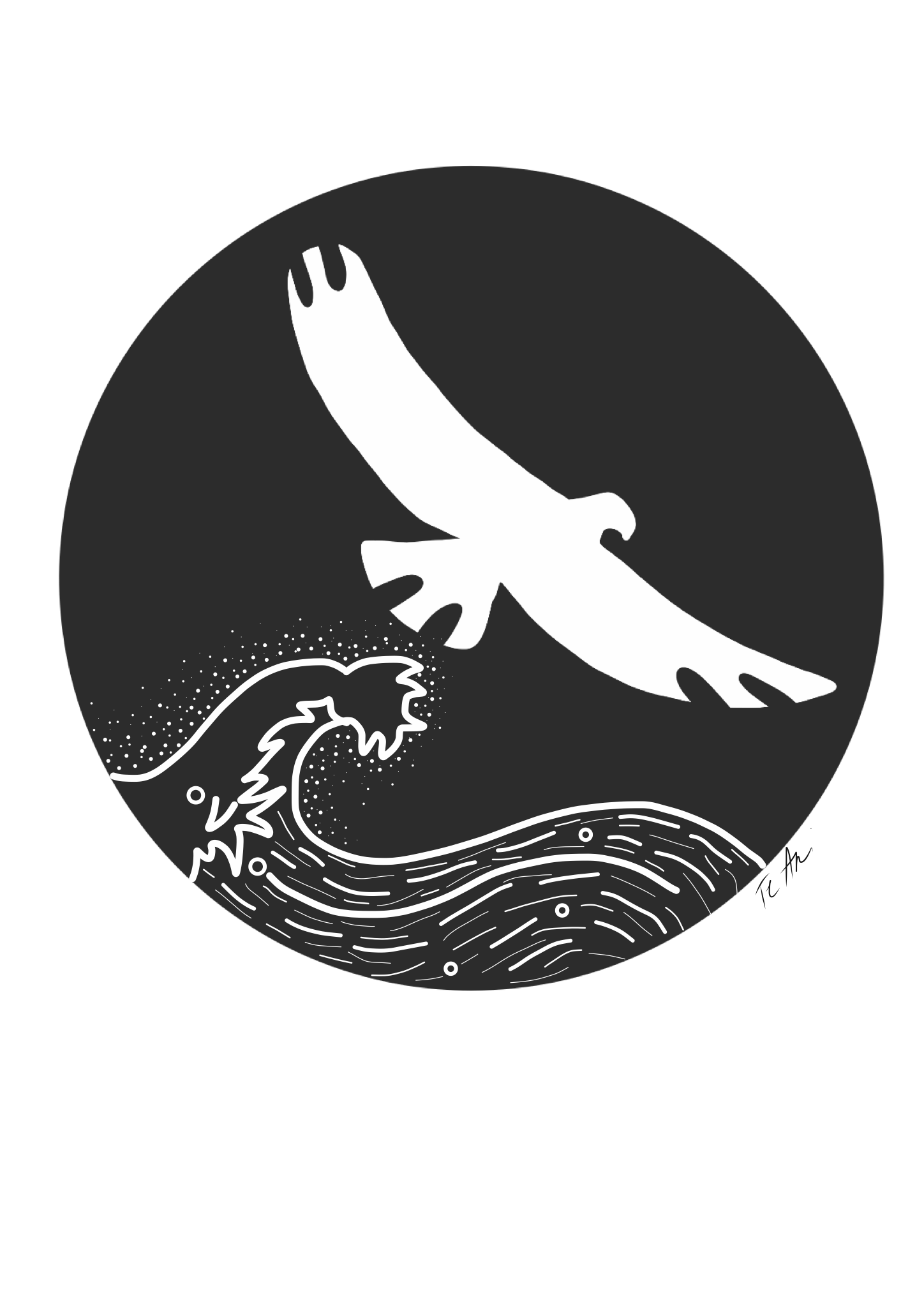NATIVE NURSERY
Eco walkways, protection of the ngahere, regeneration of native plants, food forest and rongoā gardens.
THE PROJECT
Whananaki had productive permaculture gardens in the 1970’s. Over time local labour was lost and the gardens were both overrun and damaged by blockage in the creek which caused sediment build-up and flooded the land. The plan to re-establish the gardens has been part of the community aspirations and includes: reinstatement of the waterways, redeveloping the land, providing secure fencing, tree felling and replanting.
Weed eradication, native planting program, pou whenua and walkways with a difference: The wider area surrounding the HUB site is 40 acres. Significant weed eradication is required before the planting programme can be initiated. It is intended that the entire area will be replanted with natives including a pā harakeke and rongoā areas. With the proposed planting plan it is expected that the native bird life will return. The walkways will be created including wetland areas.
Ngā hua
OUTCOMES
A clear Master plan for the Pathways, planting, and nursery garden is required as a starting point for the priority areas of development surrounding the Hub. A small scale nursery will be set up with a composting station with a clear accessway. In addition a strong 15 person team of volunteers is to be trained up in kaitiakitanga and permadynamics. This is also in readiness for social enterprise.
1. Landscape Masterplan
Plan led by Andy Hamilton
2. Kaitiaki Training
Training for the Nursery champions/volunteers
3. Nursery build
Nursery shade house/composting station and worker space/storage area
BENEFITS & OUTCOMES
What are the expected benefits/outcomes?




